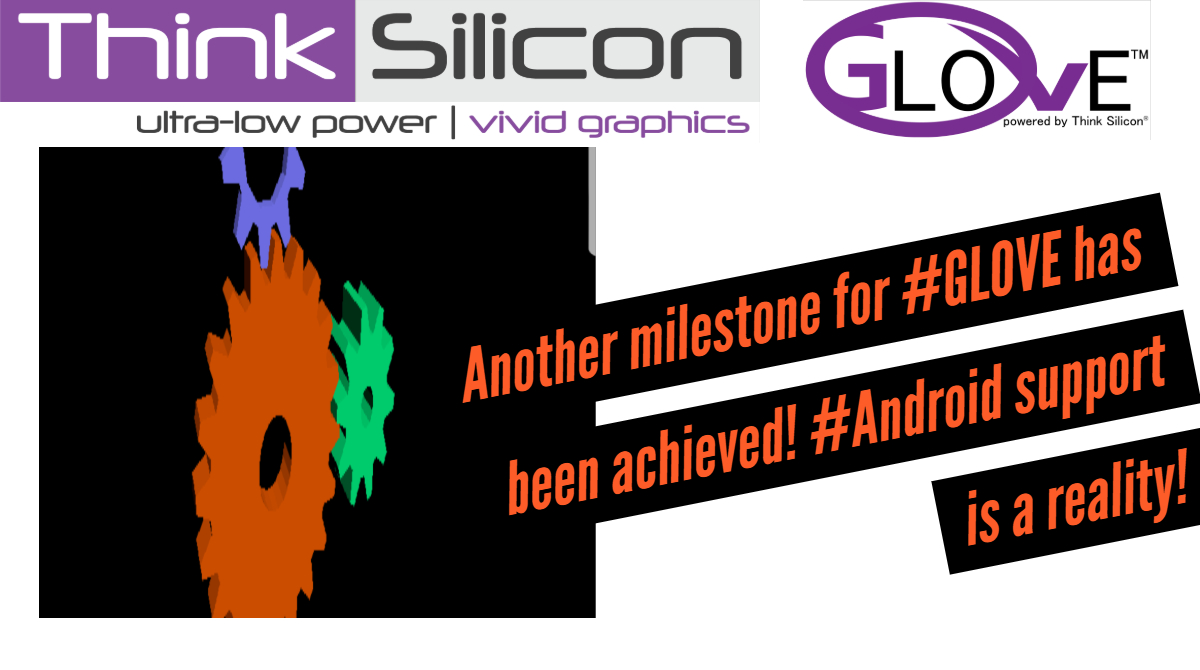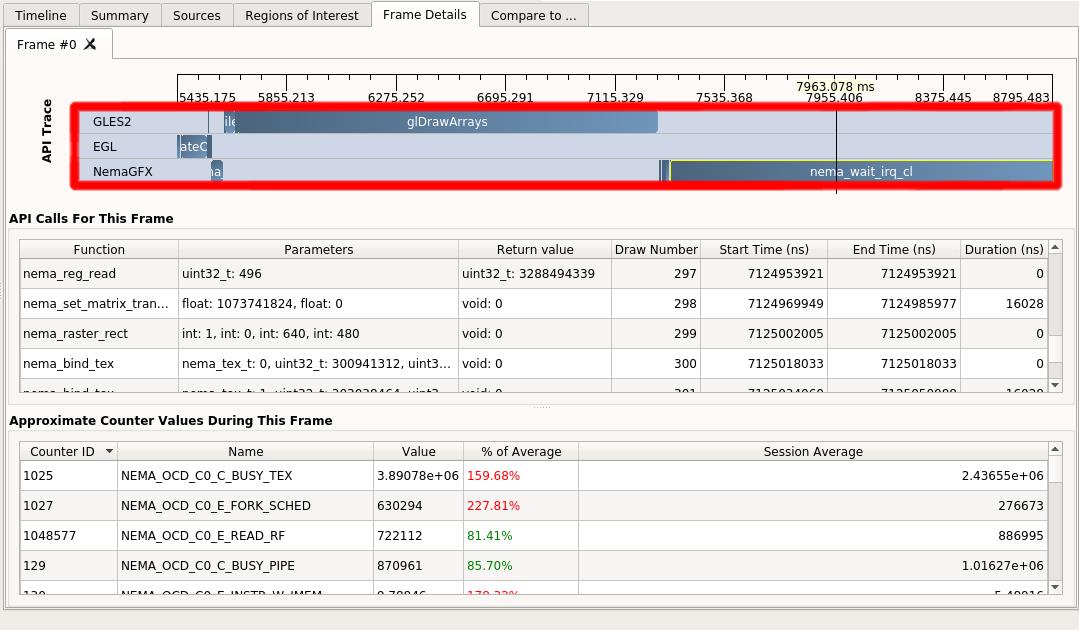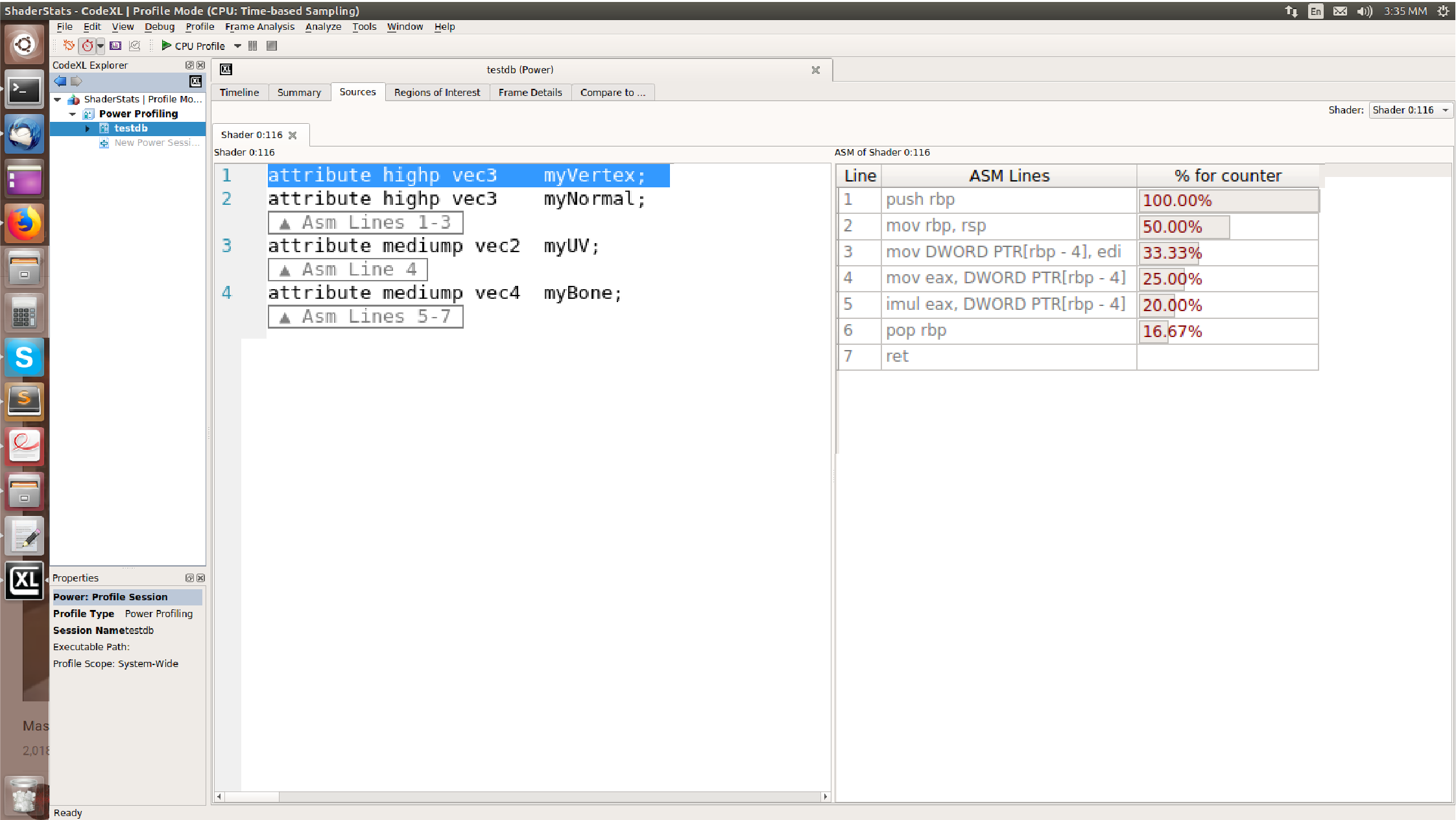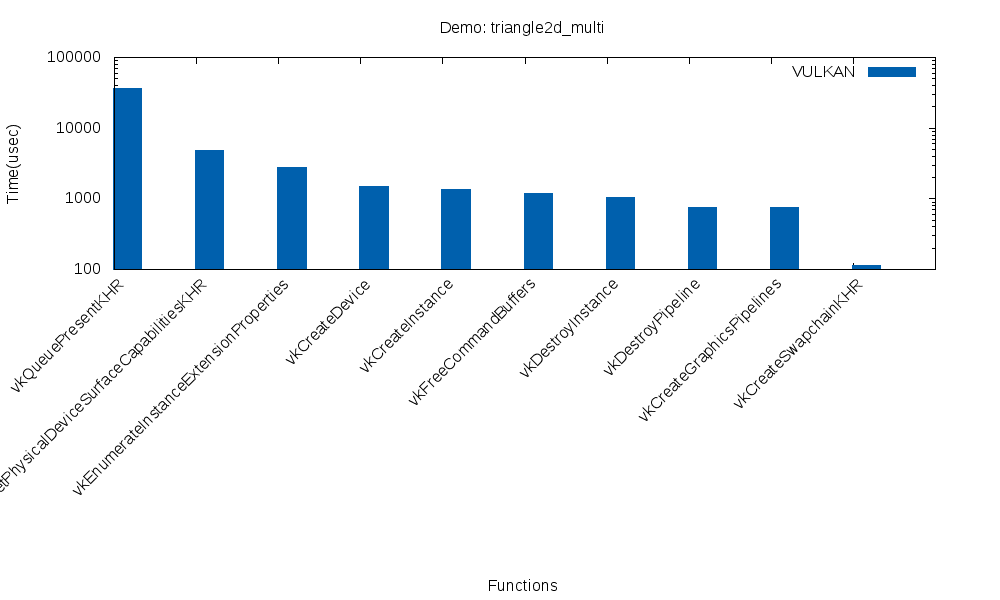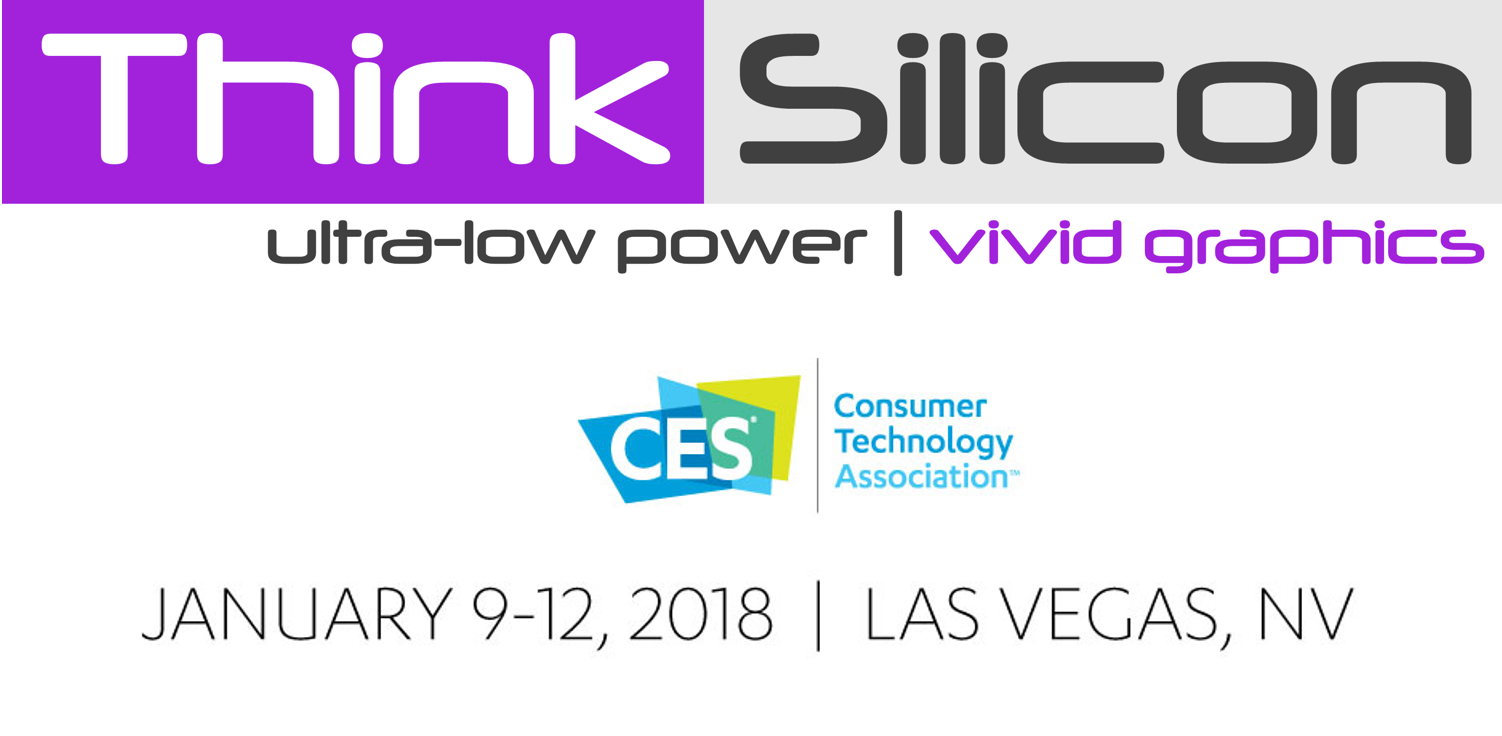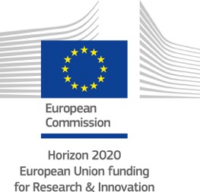GLOVE™ (GL Over Vulkan®), a cross-platform software library that acts as an intermediate layer between an OpenGL® ES application and Vulkan and optimized by the LPGPU2 Profiler tool, now supports Android. GLOVE™ is focused towards embedded systems and is comprised of OpenGL ES and EGL® implementations, which translate at runtime all OpenGL ES / EGL calls & ESSL shaders to Vulkan commands & SPIR-V shader respectively and finally relays them to the underlying Vulkan driver. GLOVE™ has been designed towards facilitating developers to easily build and integrate new features, allowing at the same time its further extension, portability and interoperability. Initially, GLOVE™ supported OpenGL ES and EGL® on Linux and now it is further extended to support Android as well; however, its modular design can be easily extended to encompass implementations of other client APIs as well. GLOVE™ is considered as a work-in-progress and is open-sourced under the LGPL v3 license through which it is provided as free software with unlimited use for educational and research purposes. Future planned extensions of GLOVE™ include the support for OpenGL ES 3.x and OpenGL applications.
GLOVE™ is available for download from https://github.com/Think-Silicon/GLOVE. Please follow the link to view our demo and try it out on your phones by following the guidelines. We are thrilled to have your feedback!

